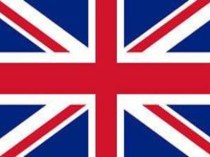in
Ireland music
Music of Isle of Man
Welsh music
Cornish music
Breton music
Scotland
(Blue), Ireland (Green) Isle of Man (Gold), Wales (Red), Cornwall (Yellow), Brittany (Black).Famous folk festivals
Scotland music
Festival Internacional do Mundo Celta de Ortigueira (Ortihueyra, Galicia)
Yn Chruinnaght (Isle of Man)
Celtic Colours (Cape Breton, Nova Scotia)
Celtic Connections (Glasgow)
Festival Interceltique de Lorient (Lorient, Brittany)
Fleadh ceol na hEireann (Tullamor, Ireland)
Festival Intercltico de Sendim (Sandy, Portugal)



































